Daydreaming in Onomichi
A cat struts across the cobblestone alley. As we approach, it stops abruptly, a sharp gaze fixed on us. One step closer, and it turns on its heel, vanishing into a nostalgic Showa backdrop, like a scene from a movie — like a dream.
Onomichi is a town known for its cats and cinema. Its numerous temples and scenic beauty have captured the hearts of many filmmakers, serving as the stage for countless classics. Notable ones are Yasujiro Ozu’s Tokyo Story, Nobuhiko Obayashi’s I Are You, You Am Me (Transfer Student) and Lonely Heart. The list goes on.
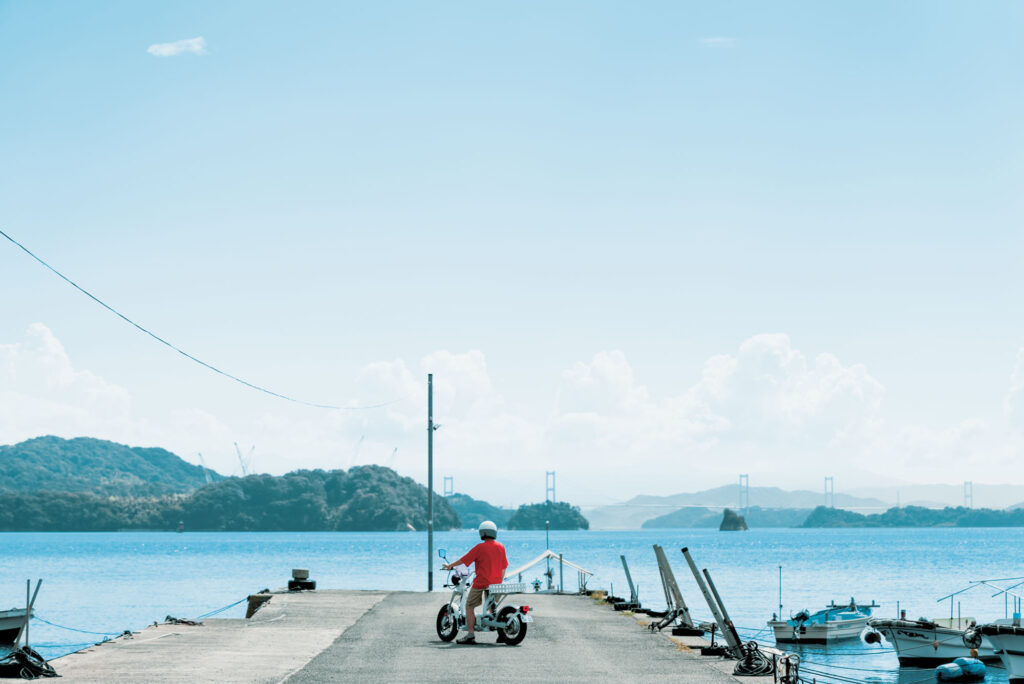
Once a magnet for Showa-era filmmakers, Onomichi has recently become the stage for dreamers and innovators instead.
In June 2023, Genki Takahashi opened ‘Tea Stand Yamate‘, a follow-up to his first venture, ‘TEA STAND GEN‘ located in the shopping district. His shop, lined with carefully selected teas personally procured from across Japan, offers views of Onomichi’s charming streetscape through its windows. His dream is to create a nexus between the youth and tea. Soothed by the tea, and captivated by the scenery, we contemplated his resolve, dozing into a state of reverie — a daydream.
Dreams can also be born by keeping history alive. The long-established Onomichi sweets shop Tatsumiya originally had a less reader-friendly choice of characters for its name. When it closed after 64 years, a local couple, Hirokazu and Etsuyo Machide, chose to keep the legacy alive by inheriting the original recipes. Rumor has it the shop’s predecessor sometimes makes an appearance in the revitalized kitchen.
Captivated by the fervor of those chasing their dreams, we find ourselves unable to leave Onomichi. Deciding to stay overnight, we head to the hotel LOG, situated midway up the hill leading to the iconic Senkō-ji Temple. This hotel is the first international design project by the globally renowned Indian architectural office Studio Mumbai. Bathed in the light of the setting sun over the sea dotted with islands, its pale-hued exterior walls were accentuated beautifully with the deep red of the sky.
A Hundred-Year Dream Unfolds on Mukaishima
Onomichi awakens early. High school students boarding and disembarking ferries, jumping on their cycles and biking their way to school, are a staple of the morning scenery. After seeing off a procession of bicycles, we board a quiet ferry. The brief 5-minute journey to Mukaishima Island marks the start of the Shimanami Kaido.
The Shimanami Kaido is a 70 kilometer span of winding roads starting in Onomichi and ending in Imabari in Shikoku. Cycling the entire route demands stamina and time, but the shortest distance isn’t always the most rewarding. The real charm of the journey lies in the detours. So, mount your CAKE electric motorbike and join us as we start island hopping.
Not long after setting out on Mukaishima, we come across the shop Goto Kosensho, a magnet for cyclists since its establishment in 1930. It is operated by Shigero Morimoto, who took over as the fourth-generation owner after nearly a quarter-century as a public servant. The heart of the operation, a carbonated water machine, has been ticking since before the war and is still in active service. The idea of a local cider bridging a hundred years may seem like a fanciful tale, but its reality is vividly present in each bubbly sip.
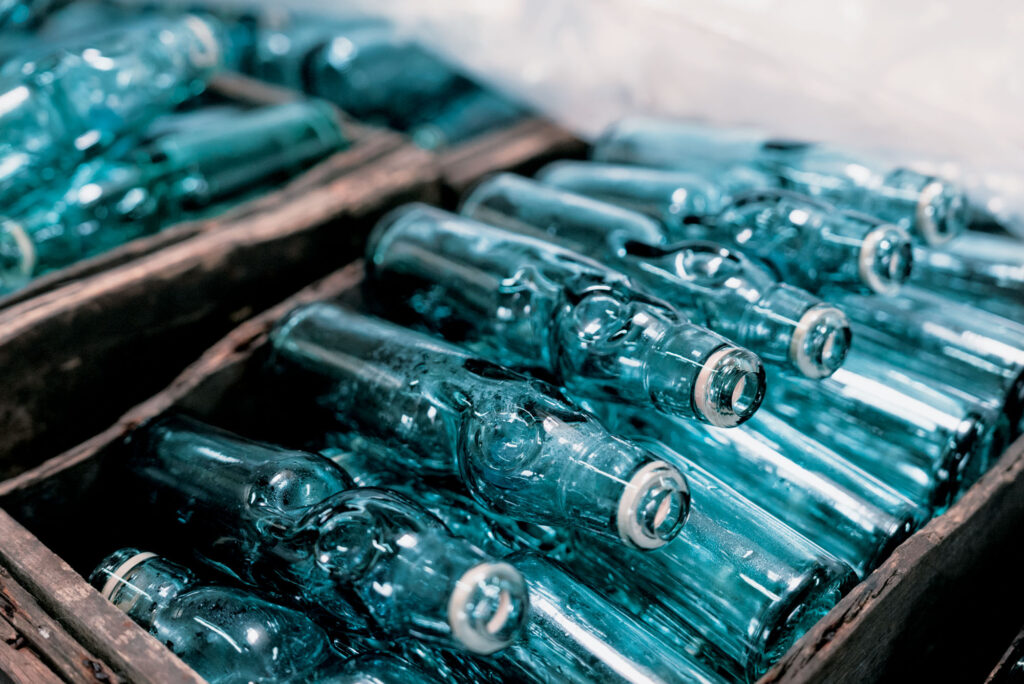
Mukaishima is a serene haven for young entrepreneurs and artists carving out their own spaces to dream and build. One of those places is the gallery ‘so haku’, a stone’s throw away from Goto Kosensho. Run by Saki Nakao from Fukuyama, this gallery showcases tools for everyday life. Her confidence and eloquence in relaying the charm of these items reflects a sense of pride in the space she has created. Her friend, Marina Gokan, a multi talented creative engaged in everything from DJing to producing raw chocolate under the banner GRRRDEN, celebrates her fickle nature while laughing about her ninth year here in the sport of “relocating.”
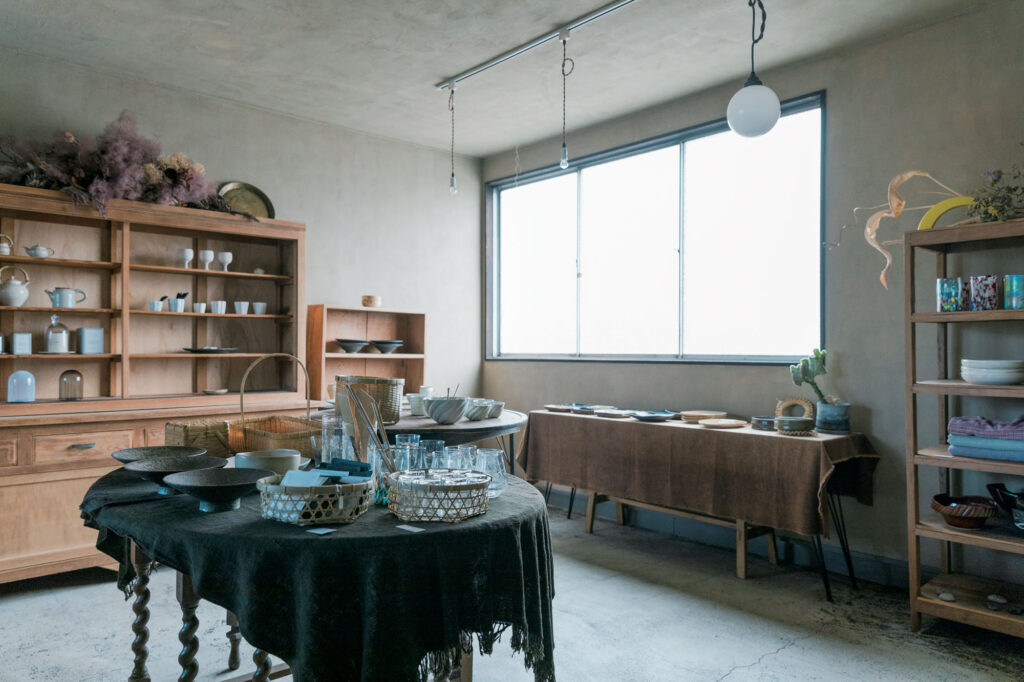
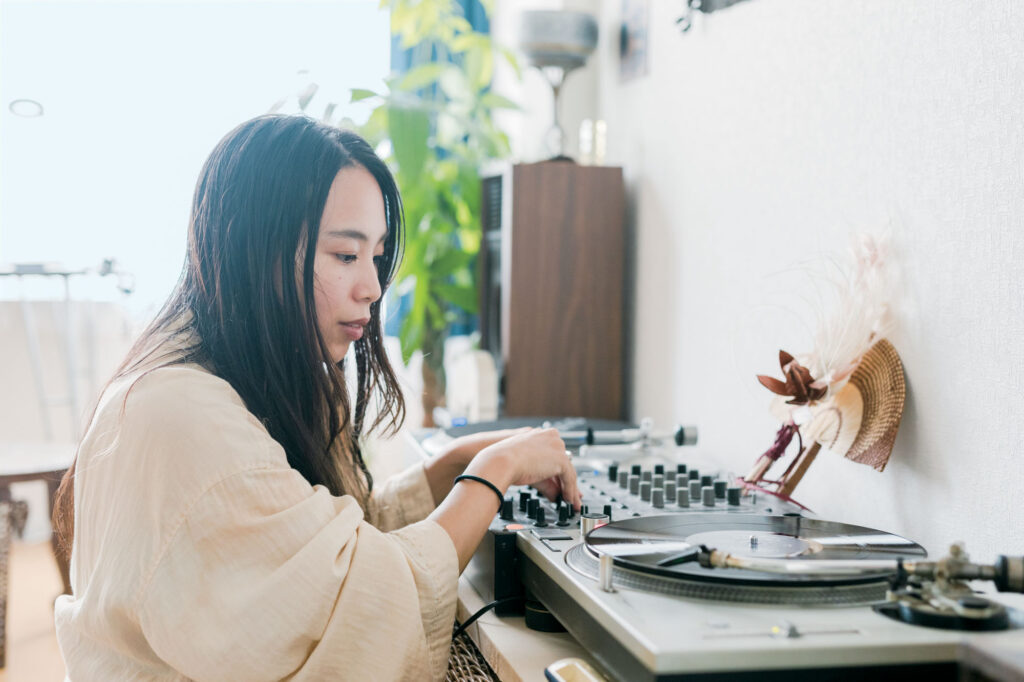
Venturing south through Mukaishima, we stumble upon a farm resonating with hip-hop beats. It’s Pitchfork Farms, founded by American expat Thomas Kloepfer. Advocating for sustainable, regenerative environments, the farm cultivates over a hundred varieties of vegetables and citrus, while also raising pigs, sheep, goats, and chickens. In this farm, brimming with diversity, the dreamy vision of an idyllic paradise comes to life.
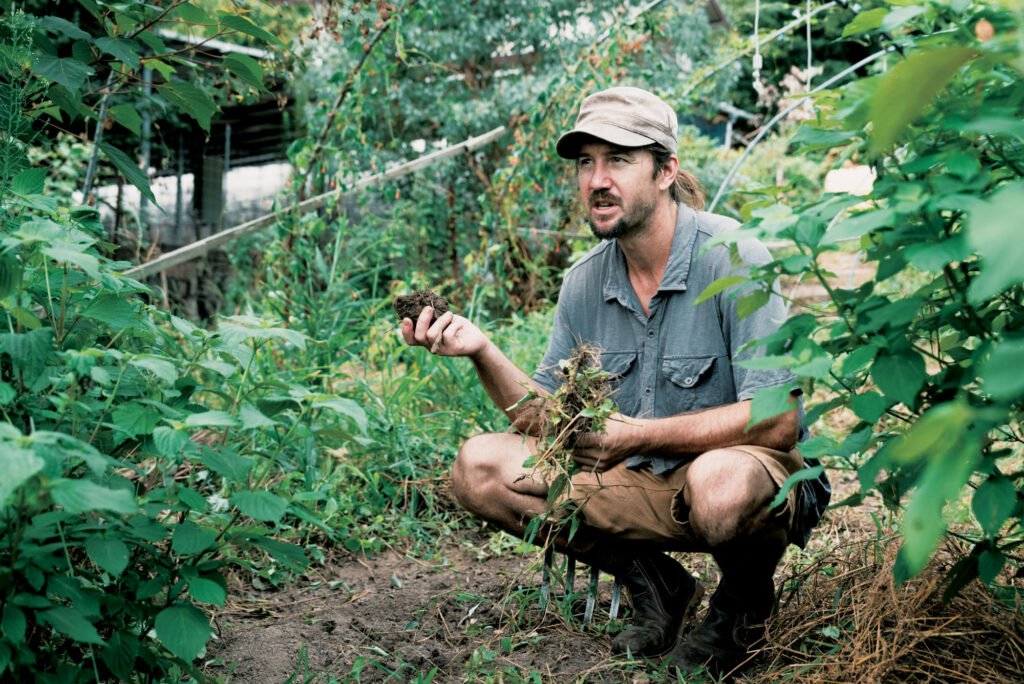
Ikuchi Island: On the path of Dreams
Crossing from Mukaishima to Innoshima, we indulge in the local okonomiyaki delight known as in’oko. This is a shipbuilding region, and the preferred style of okonomiyaki here is hearty — filled with udon noodles for sustenance. The islanders’ favorite place to enjoy their in’oko is the Ōide Tobacco Shop. Don’t be fooled by the name. They serve up truly authentic flavors.
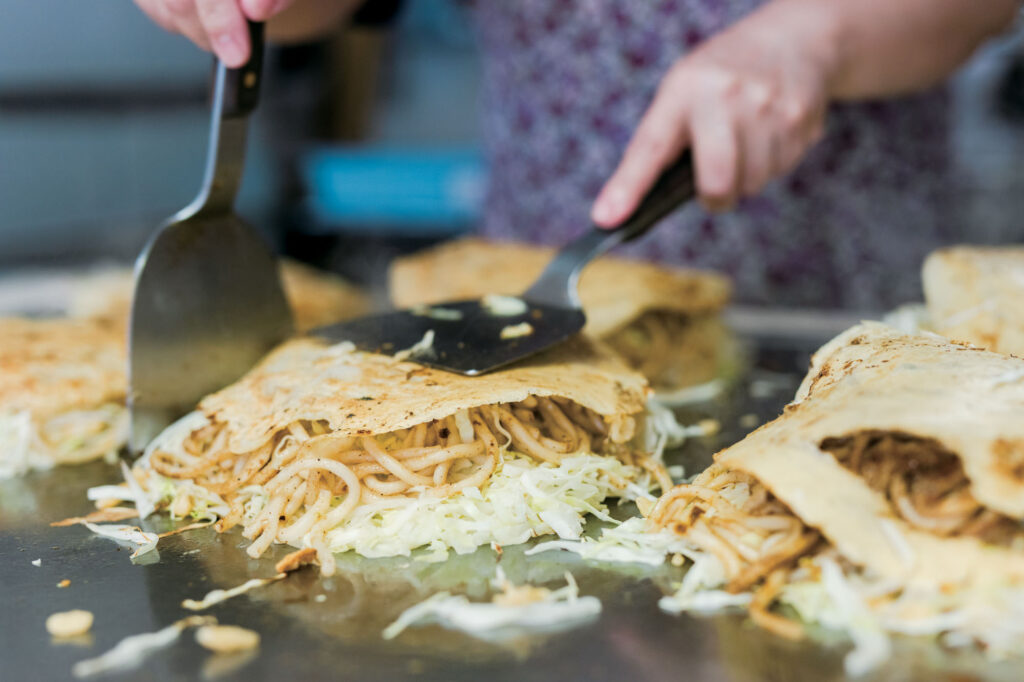
Next, we cruise over to Ikuchi Island covered in notably steep slopes. With ample sunlight and minimal rainfall, it’s an ideal place for citrus cultivation. Hence its reputation as Japan’s top producer of lemons.
“I always knew I had to take over someday, so I figured why not start while I’m young,” says Ryosei Yamamoto in a Hiroshima dialect, born and raised on Ikuchi Island. At twenty-three, he took over his family’s farm and established the brand LE MONT. He grows his lemons with a focus on aroma, resulting in fruit that’s not only fresh and richly fragrant but embodies a purity reminiscent of youth itself.
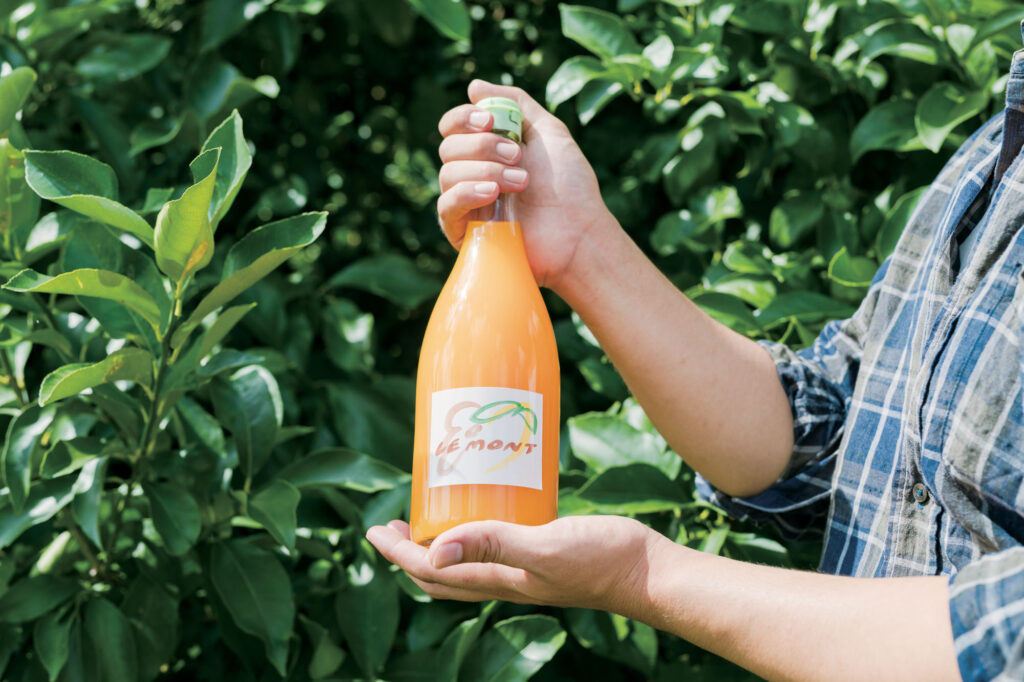
Ikuchi Island has long been synonymous with lemons, but now the island town itself is stepping into the spotlight. A newfound buzz is stirring in Setoda Port, located on the island’s west coast. An Australian cyclist passing by couldn’t help but exclaim in amazement, “Wow! What a hip harbor town this is!”
The tide began to turn for the town with the birth of SOIL Setoda, a catalyst for transformation. This complex is just a minute’s walk from Setoda Port. It boasts rooms with tranquil sea views, the MINATOYA restaurant dedicated to locally sourced cuisine, the select shop HI.FU.MI offering select local artisans’ products, and the first-ever roastery of OVERVIEW COFFEE in Japan. The facility’s center space, where locals and travelers mingle, has already become akin to the town’s living room.
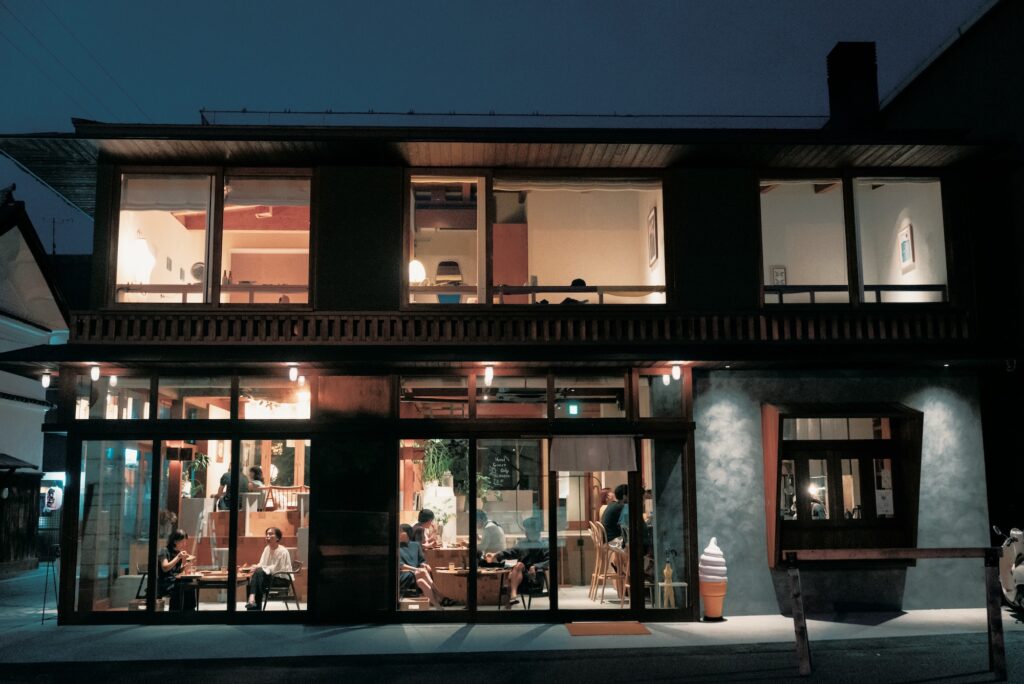
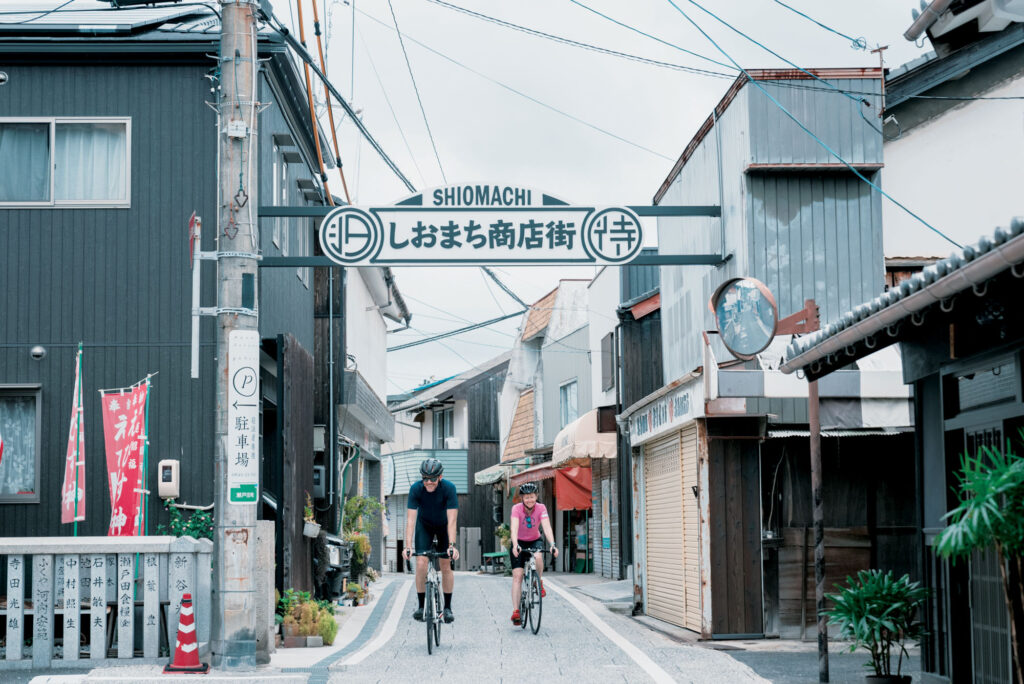

Dreamlike Oshima Emerging at Twilight
If Ikuchi Island is synonymous with lemons, then its neighbor, Ōmishima, might be called the island of sweet potatoes. Traveling through the eastern part, we encounter a sign for “Imo Jizo.” In the first half of the 18th century, Yoshijuro Asami brought back to his famine-stricken homeland a closely-guarded variety of seed potatoes from the Satsuma domain. It was his dream to cultivate them here. This hero who saved the lives of the islanders is enshrined in the form of a Jizo statue at the Kōun-ji Temple, appearing even now to be cradling sweet potatoes in both hands.
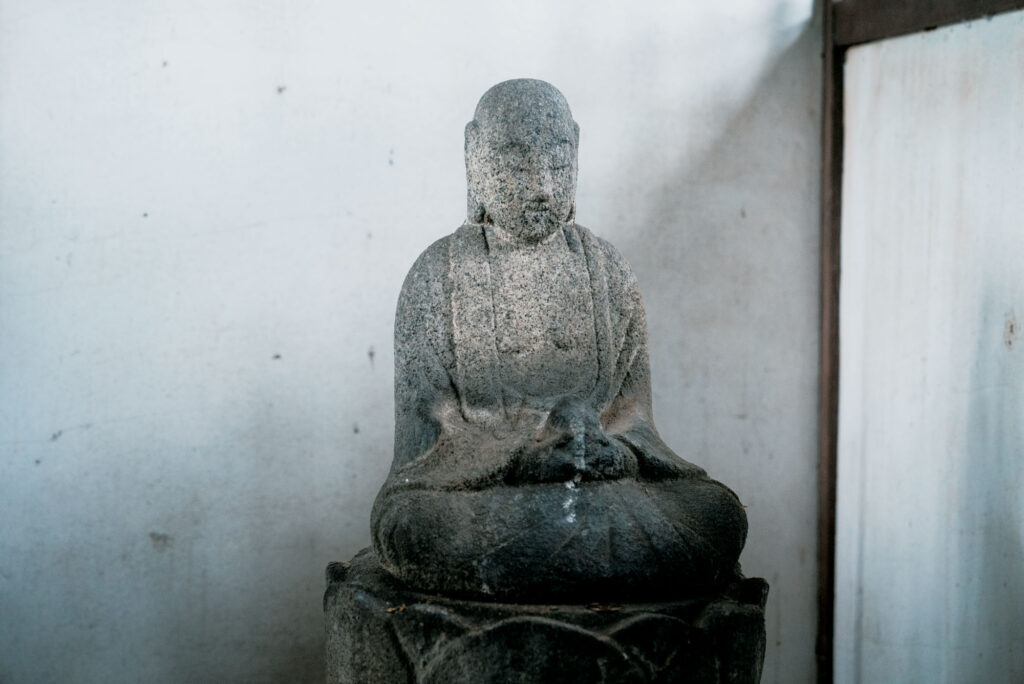
In the western part of Ōmishima lies Ōyamazumi Shrine, where the deity Ōyamatsumi is enshrined. As the elder brother of the sun goddess Amaterasu, he is depicted as the god of mountains in the Kojiki and Nihon Shoki. The Iyo-no-Kuni Fudoki refers to him as the god of the open sea and safe voyaging. Upon paying homage to this mighty deity, we turn around to behold the shrine’s sacred tree soaring into the skies, marking time since before the Common Era.
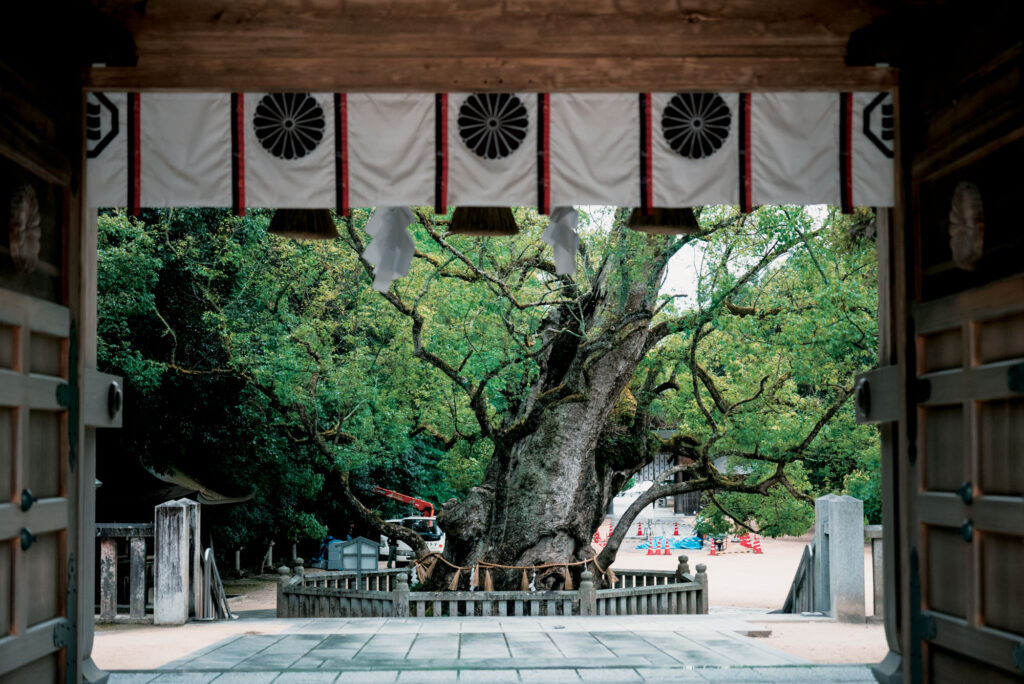
Heading south towards the next island, Hakatajima, we suddenly realize how close Shikoku has become. Its presence seen from the island feels almost continental in scale. The Shikoku Mountains jet out from the calm horizon of the sea, sketching a skyline that looms majestically in the distance.
Ōshima, at the southern end of the Shimanami Kaido, is close to Imabari City in Shikoku. As a result, many islanders venture off the island for their entertainment. However, there’s a growing number of people drawn to the island’s climate and nature, moving here to realize their entrepreneurial dreams. One such dream is Coriolissha; a combination of a coffee roastery, bookstore, and lodging, run by husband and wife duo, Daisuke and Ryoko Chijiki. As we talk in their shop, a renovated traditional house, Ryoko remarks, “Tourists tend to pass right through Ōshima, but the sea and mountains here show different colors each and every day. If you’re spending the night in Imabari, I recommend visiting the island’s Kirosan Observatory Park beforehand.”
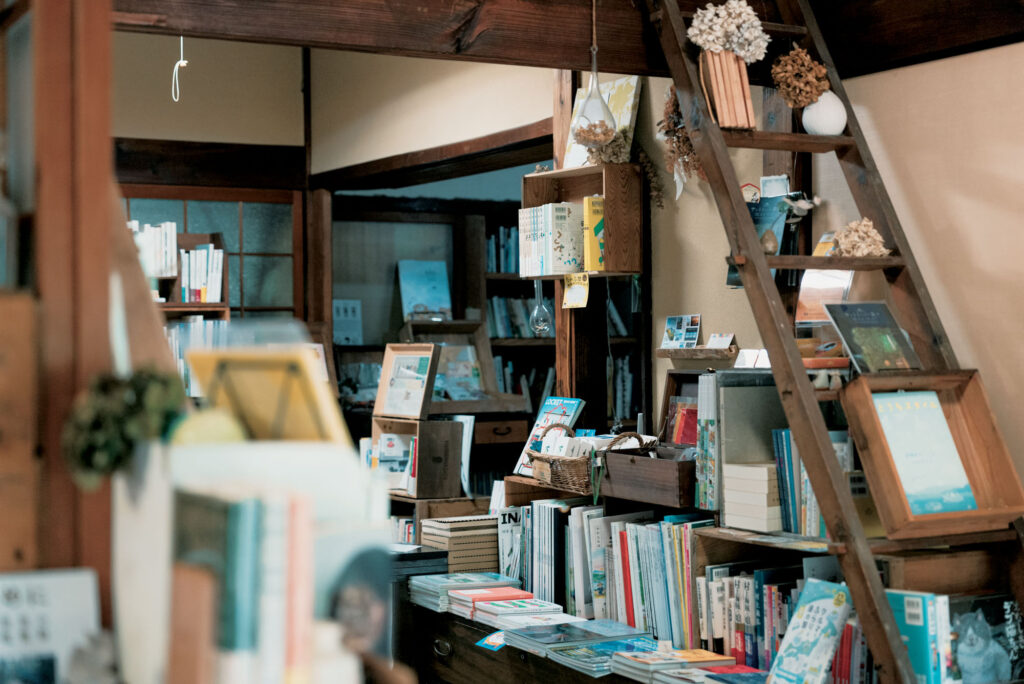
Racing against the setting sun over the archipelago, we swiftly ascend to the 301.1-meter-high observatory. A canvas of soft colors blurs the line between sea and sky, creating a seamless horizon. The islands appear as ethereal silhouettes, adding an air of otherworldliness to the scenery. This is where our island-hopping odyssey comes to an end — a dreamscape of stunning stillness.
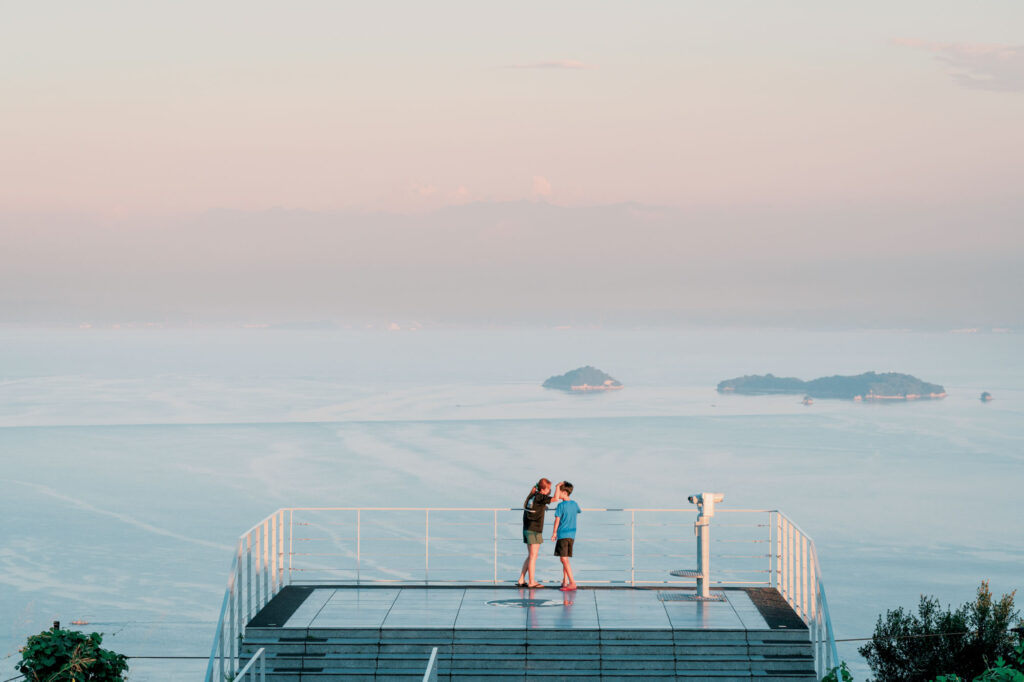
SHIMANAMI Guide
LOG
11-12 Higashitsuchidōchō, Onomichi, Hiroshima
TEL:0848-24-6669
Tea Stand Yamate
9-8 Higashitsuchidōchō, Onomichi, Hiroshima
Tatsumiya
1-7-18 Kuriharanishi, Onomichi, Hiroshima
TEL:090-3290-9478
Goto Kosensho
755-2 Mukaishimachō, Onomichi, Hiroshima
TEL:0848-44-1768
so haku
2nd Floor, 1011 Mukaihigashichō, Onomichi, Hiroshima
Pitchfork Farms
2368 Hishio, Mukaishimacho, Onomichi, Hiroshima
SOIL Setoda
254-2 Setodachō Setoda, Onomichi, Hiroshima
TEL:0845-25-6511
yubune
269 Setodachō Setoda, Onomichi, Hiroshima
TEL:0845-23-7917
Ōyamazumi Shrine
3327 Ōmishimachō Miyaura, Imabari, Ehime
TEL:0897-82-0032
Coriolissha
2436 Yoshiumichō Nie, Imabari, Ehime
TEL:0897-72-8006
Kirosan Observatory Park
487-4 Yoshiumicho Minamiura, Imabari, Ehime
TEL:0897-84-2111











